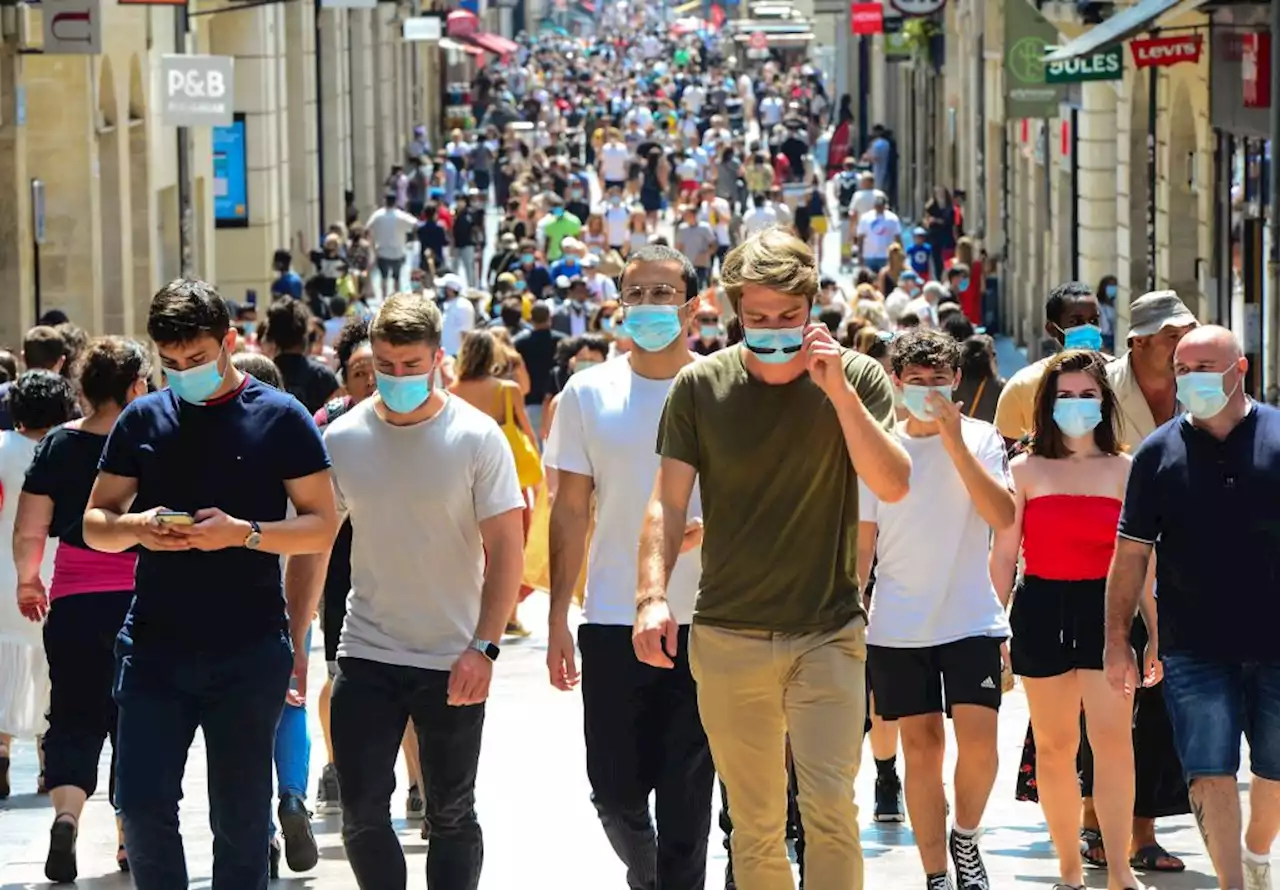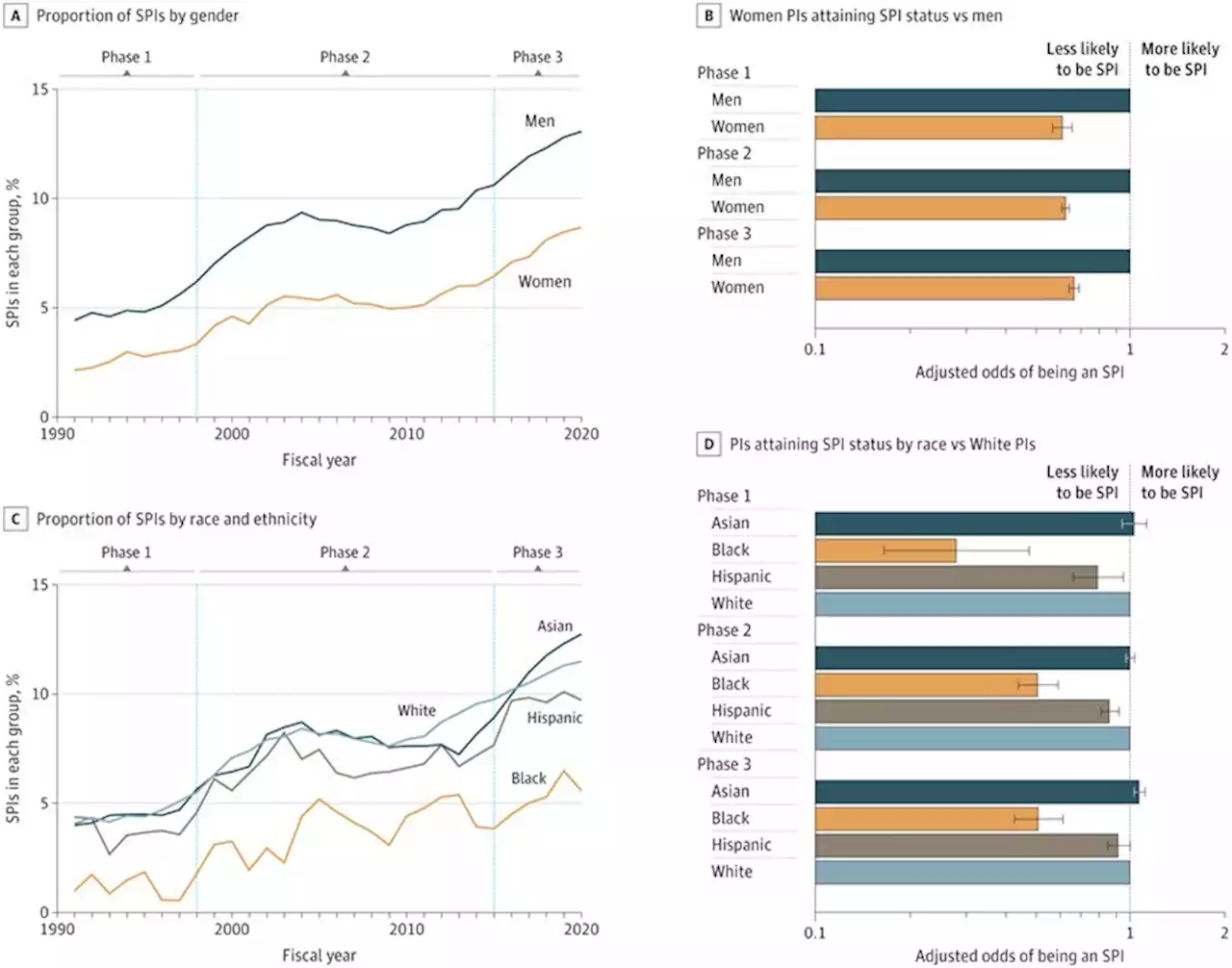Through the eye of the beholder: Researchers find people with autism process illusory shapes differently sfnjournals
"How our brain puts together pieces of an object or visual scene is important in helping us interact with our environments," said Emily Knight, MD, Ph.D., assistant professor of Neuroscience and Pediatrics at the University of Rochester Medical Center, and first author on a study out today in the.
They worked with 60 children ages seven to 17 with and without autism. Using electroencephalography —a non-invasive neuroimaging technique that allows researchers to record the response of neurons in the brain—researchers revealed that children with autism did not automatically process the illusory shapes as well as children without autism. It suggests that something is going awry in the feedback processing pathways in their brain.
"This tells us that these children may not be able to do the same predicting and filling in of missing visual information as their peers," Knight said."We now need to understand how this may relate to the atypical visual sensory behaviors we see in some children on the autism spectrum.", found that children with autism may not be able to see or process body language like their peers, especially when distracted by something else.
The kids in this study watched videos of dots that moved to represent a person. As part of the experiment, the dots changed color. Unlike in typical development, the brains of children with autism did not appear to notice the human movement when told to focus on the color.
United States Latest News, United States Headlines
Similar News:You can also read news stories similar to this one that we have collected from other news sources.
 MIT researchers concoct interference-busting radiosBoffins concoct interference-busting radios
MIT researchers concoct interference-busting radiosBoffins concoct interference-busting radios
Read more »
 Daily 11-minute brisk walk is enough to reduce risk of early death, say researchersOne in ten early deaths could be prevented if everyone managed at least half the recommended level of physical activity, say a team led by researchers at the University of Cambridge.
Daily 11-minute brisk walk is enough to reduce risk of early death, say researchersOne in ten early deaths could be prevented if everyone managed at least half the recommended level of physical activity, say a team led by researchers at the University of Cambridge.
Read more »
 Metabolomic differences in breast milk throughout lactationMetabolomic differences in breast milk throughout lactation UV_EG breastmilk metabolomicdifferences lactation
Metabolomic differences in breast milk throughout lactationMetabolomic differences in breast milk throughout lactation UV_EG breastmilk metabolomicdifferences lactation
Read more »
 People Who Think They're Attractive Are Less Likely to Wear Masks, Study SaysPlenty of factors determine whether someone chooses to wear a mask at this stage of the pandemic: their health, their risk tolerance, where they are, who’s around them—and, according to a recent study, how attractive they think they are
People Who Think They're Attractive Are Less Likely to Wear Masks, Study SaysPlenty of factors determine whether someone chooses to wear a mask at this stage of the pandemic: their health, their risk tolerance, where they are, who’s around them—and, according to a recent study, how attractive they think they are
Read more »
 Black and women scientists are less likely to have multiple research grants, finds studyA growing number of researchers have more than two grants simultaneously from the National Institutes of Health (NIH), but women and Black researchers are less likely than white men to be among them, a new Yale study finds. This disparity, the researchers say, has implications for research innovation and public trust and can impact career trajectories.
Black and women scientists are less likely to have multiple research grants, finds studyA growing number of researchers have more than two grants simultaneously from the National Institutes of Health (NIH), but women and Black researchers are less likely than white men to be among them, a new Yale study finds. This disparity, the researchers say, has implications for research innovation and public trust and can impact career trajectories.
Read more »
 Natural product with grape seed extracts, lactic acid, and pea protein could effectively manage bacterial vaginosisNatural product with grape seed extracts, lactic acid, and pea protein could effectively manage bacterial vaginosis unimessina GrapeSeedExtract LacticAcid PeaProtein BacterialVaginosis
Natural product with grape seed extracts, lactic acid, and pea protein could effectively manage bacterial vaginosisNatural product with grape seed extracts, lactic acid, and pea protein could effectively manage bacterial vaginosis unimessina GrapeSeedExtract LacticAcid PeaProtein BacterialVaginosis
Read more »
